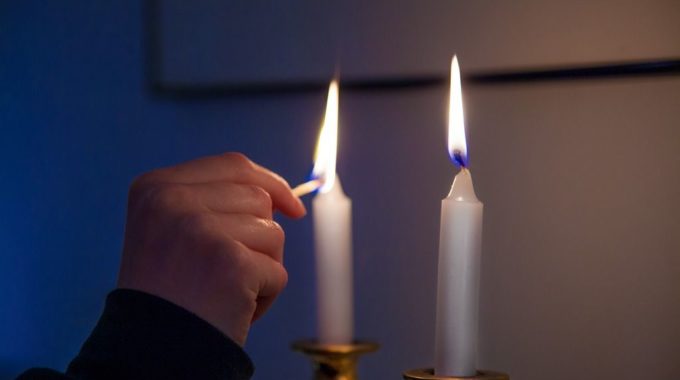Adapted from the writings of Dayan Yitzhak Grossman April 18, 2024 AP News reports: A…

Violating Shabbos to Save a Life
Adapted from a shiur by Rav Yechiel Biberfield on Parshas Ki Sisa
ושמרו בני ישראל את השבת לעשות את השבת לדורותם לברית עולם
The Gemara cites eight pesukim, including the pasuk above, to prove that one may violate Shabbos to save a life. But the Gemara says v’chai bahem is the best, since it includes even cases of safek sakanah, while the others only allow for definite danger.
Is the permission to violate Shabbos hutra or dechuya?
- Rosh/Maharam: It is hutra like cooking on Yom Tov, and better than violating other mitzvos.
- Chasam Sofer: This is because v’shamru teaches that Shabbos is hutra, but v’chai bahem teaches that other mitzvos are only dechuya.
- Vyaan Yosef and Emes Lyaakov: They explain based on the Rambam that v’chai bahem is based on oness (with no choice), while v’shamru is the preferred choice – hutra to violate Shabbos to keep Shabbos again in the future.
There are a number of other nafka minos between these two derivations:
- Beur Halacha 329:1 — V’shamru applies if he can continue to keep mitzvos (even not Shabbos), but v’chai bahem shows we violate Shabbos even if he won’t live long enough to keep more mitzvos.
- Shulchan Aruch 330:5 – If a woman dies during
childbirth before the baby emerges, we may violate Shabbos to save the baby.
- Mishna Berura (8) – Even if the baby is not yet alive, we still violate Shabbos. This is based on v’shamru, because v’chai bahem applies only if it’s alive.
- Tosafos — Eliyahu was allowed to approach a dead child in Sefer Melachim even though he was a Kohen because he was sure he could resurrect him, so it was pikuach nefesh. Although v’chai bahem applies only to a live person, v’shamru allows violating mitzvos for the potential to do future mitzvos even for one currently dead.
Podcast: Play in new window | Download





